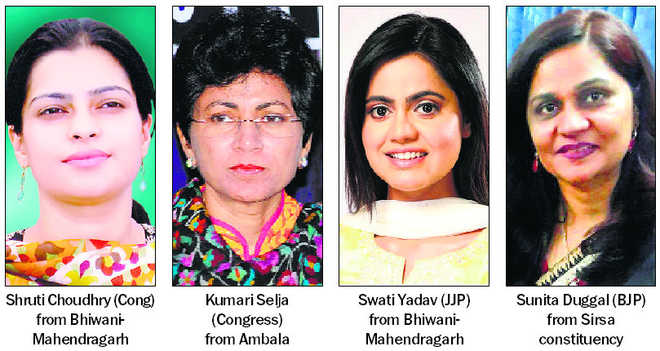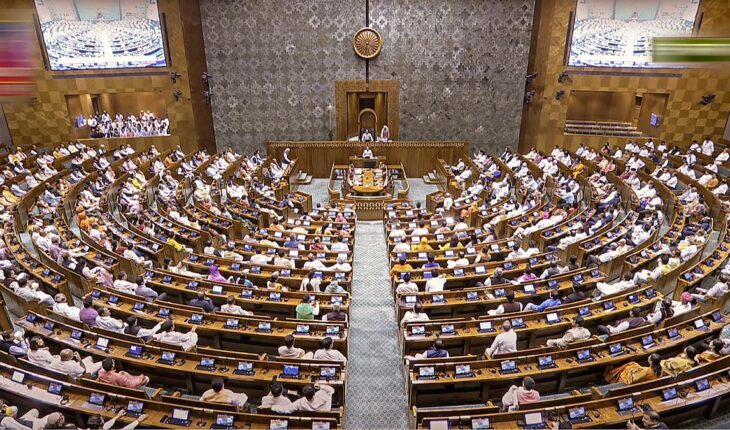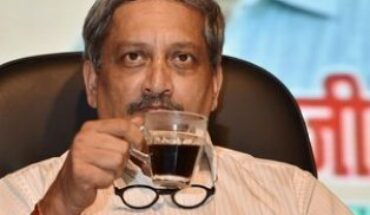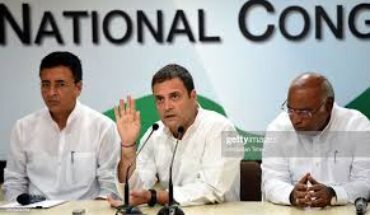New Delhi : Similar to the Panchayat elections, Union Government has decided 33% reservation for women under ‘Nari Shakti Vandan Abhiyan’ by the Prime Minister which will not be implemented in coming 2024 Lok Sabha and Vidhan Sabha polls, can come into effect only after a delimitation based on a census conducted after the Bill has been passed i.e the next delimitation in 2026 as per Parliamentarians in the Lok Sabha during a special session of the Parliament in New Delhi on September 19, 2023. The Union government introduced a Bill to provide one-third reservation to women in the Lok Sabha and State Assemblies as the historic first legislation in the new Parliament House to upgrade the status of women, but this quota will not be implemented in general election since the Constitution 128 Amendment Bill, 2023 can be implemented only after a delimitation exercise is completed. Information reveals that within the females quota itself, one third of the seats will be reserved for women belonging to the scheduled castes and the scheduled tribes, however there is no other quota for women belonging to the other backward classes.

‘Nari Shakti Vandan Abhiyan’ after the passage of the Bill, the next delimitation exercise, or redrawing of constituency boundaries, is scheduled to be held in 2026. Effectively, this means that the earliest implementation of the women’s quota in the Lok Sabha can be in the 2029 general election, rather than in the coming 2024 polls. The ‘Narishakti Vandan Adhiniyan’ will further strengthen our democracy ensuring rights of the women and putting their power to be used for many noble works. The Bill, referred to as the ‘Nari Shakti Vandan Adhiniyan’ was introduced by Law Minister Arjun Meghwal in the Lok Sabha when the number of its women members reached 181 from the present 82. Haryana’s past scenario reveals that it is unfortunate that only six females reached Lok Sabha in past 45 years which include the names of Chandravati, Kumari Shelja and Shruti Choudhary from Congress, Sudha Yadav and Sunita Duggal from BJP and Kailasho Saini from INLD. Unfortunately, none of the females from important districts Karnal, Rohtak, Hisar, Faridabad, Sonipat and Gurugram in Haryana state were sent to the Lok Sabha by the voters of these districts.
The Haryana scenario also reveals that during 2014 a record maximum number of 13 women MLAs were elected in Haryana state having the total number of 90 constituencies. Whereas, according to available records of women elected as MLA in Haryana in years since 1967, as many as 11 women candidates were elected MLA in year 2005, seven women candidates were elected MLA each in years 1968 and 1982, six women candidates were elected MLA in 1991, five women candidates were elected MLA in 1987, four women candidates each were elected MLA in 1967,1972, 1977, 1996 and 2000 in the state.




